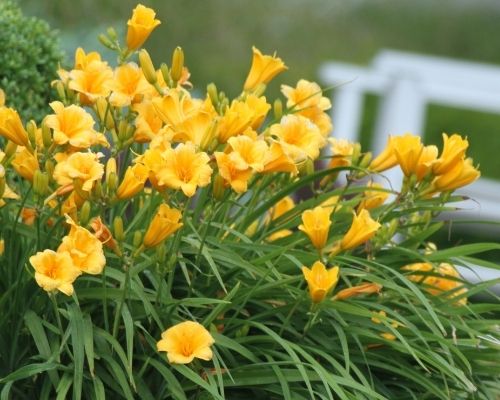Understanding the Power of Yellow Flowers and Foliage
Not everyone is a fan of yellow flowers. In fact, some people refuse to allow them in their gardens. It’s not hard to understand why. Yellow is the color our eyes see most readily -- even more than red or orange. And once yellow grabs your attention, it won’t let go.
While yellow can be wonderful in small doses, it can quickly become overwhelming. For gardeners, this can make it a challenging color to work with. But used well, yellow flowers introduce a lightness and brightness that can fill a garden with good cheer. Read on to learn more about this color’s unique characteristics and how to make it work in your garden. You’ll discover that the value of yellow far outweighs its challenges.
Understanding the Color Yellow
Pure yellow is the most luminous color in the light spectrum. In fact, yellow reflects so much light that it acts as a secondary light source. No matter what the weather, pure yellow flowers always project a sunny glow.
Though yellow is highly visible, it is also a relatively pale color compared to the more saturated hues of red, orange, blue and violet. To create the most harmonious garden combinations, pair yellow flowers with colors that have a similar value, which means a similar degree of lightness or darkness.
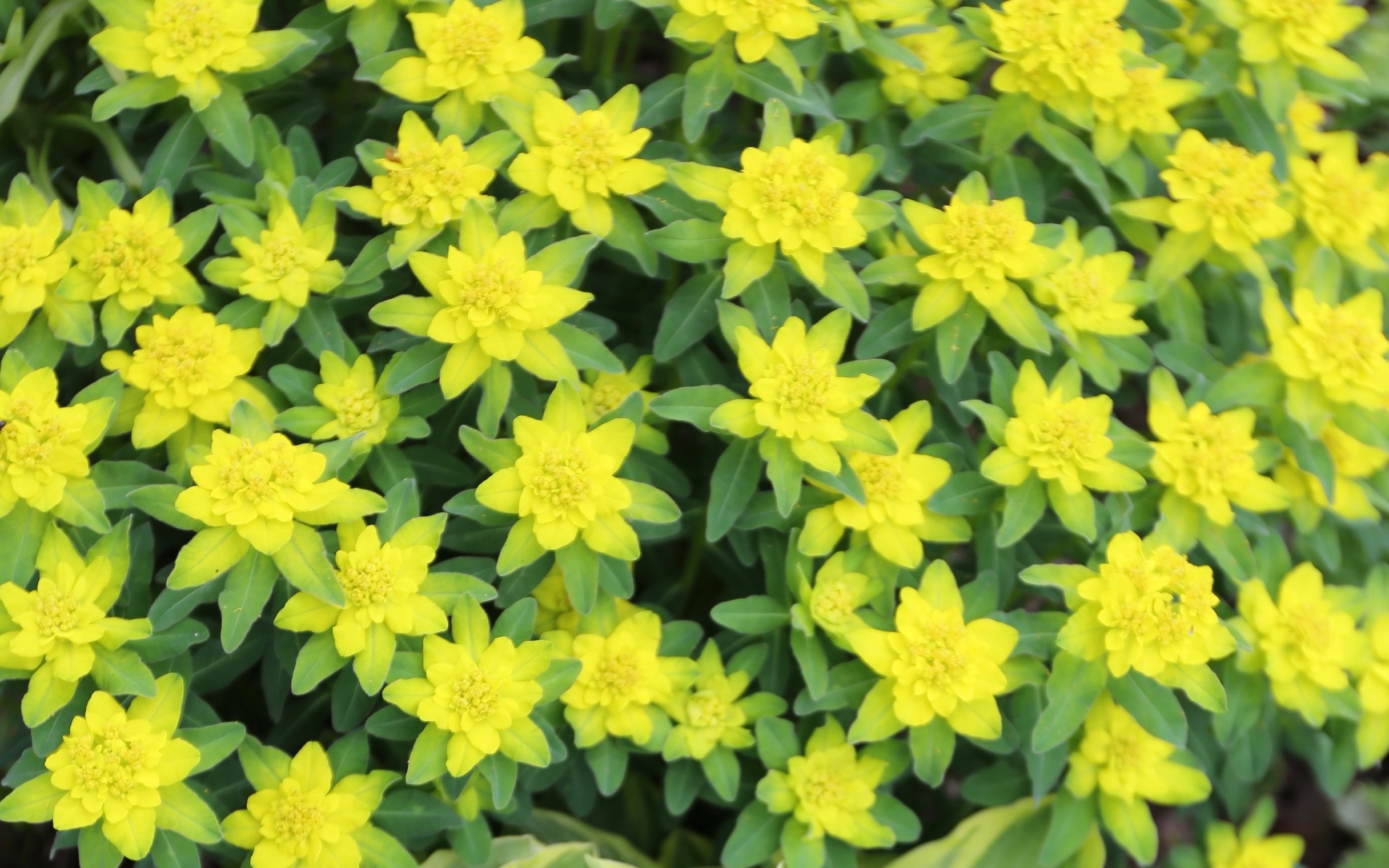
Cool Yellows
Yellow is a primary color, so it’s neither hot nor cool. But few flowers are pure yellow. More often they lean toward blue (cool) or red (warm). Training your eyes to recognize the differences between warm yellows and cool yellows is the best way to create successful color pairings.
Flowers considered cool yellow are either the pure hue or slightly greenish. Names for these colors include lemon, banana, daffodil, canary, maize, butter and primrose. In the spring, cool yellows are everywhere you look -- crocus, winter aconite, daffodils and forsythia. No matter how you feel about yellow flowers during the rest of the season, in spring they are a welcome relief from the grey skies and drab landscapes of winter.
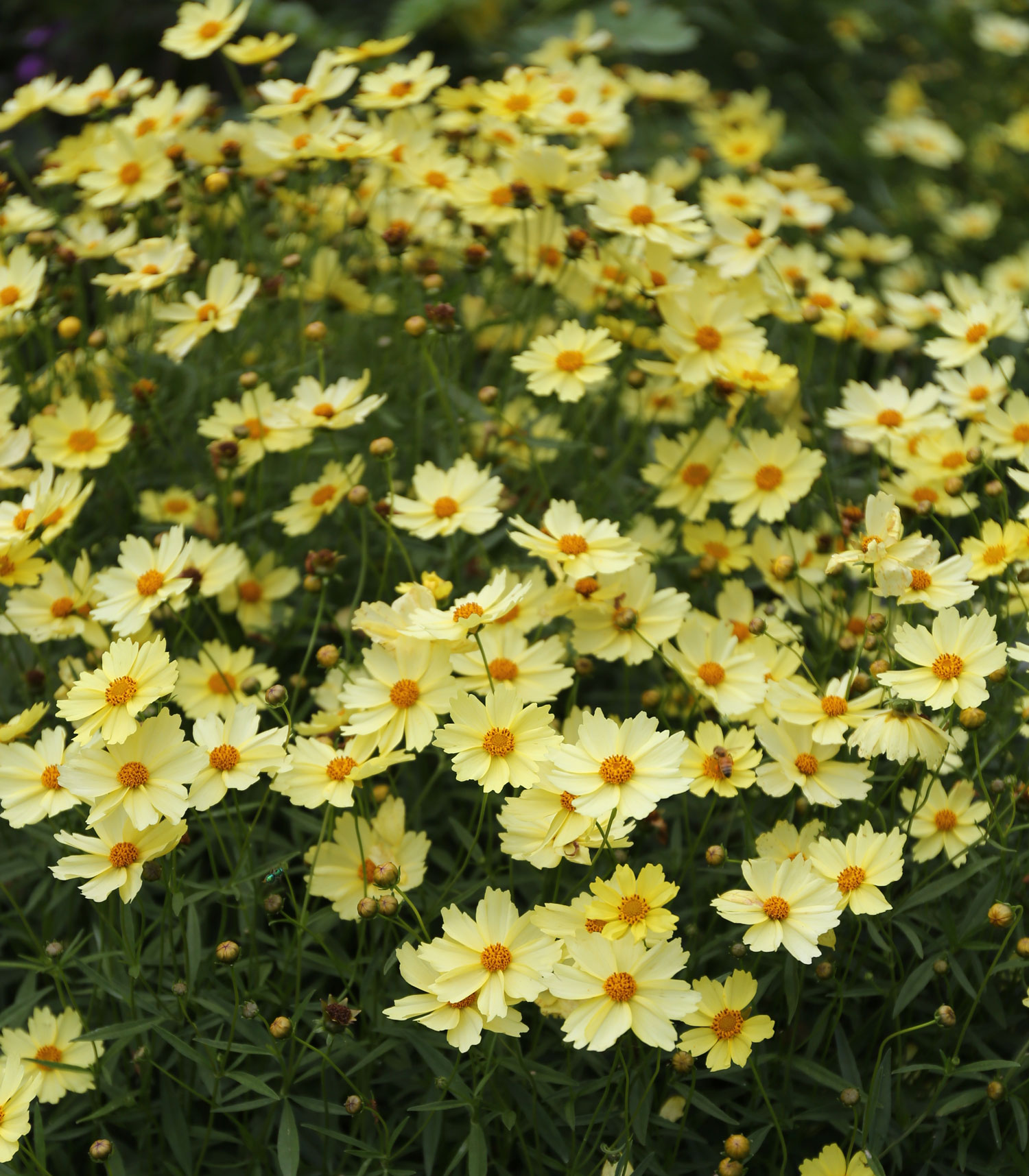
Springtime also brings a wealth of flowers and foliage in the yellow-green hues of lime, chartreuse and green apple. Plants that display these citrusy colors include hosta, euphorbia and golden evergreens. As Pamela Harper says in her book Color Echoes: “Yellows that tend toward green offer the best of both worlds: the bendability of green and the excitement of yellow. These plants are good minglers in the garden and in a vase.”
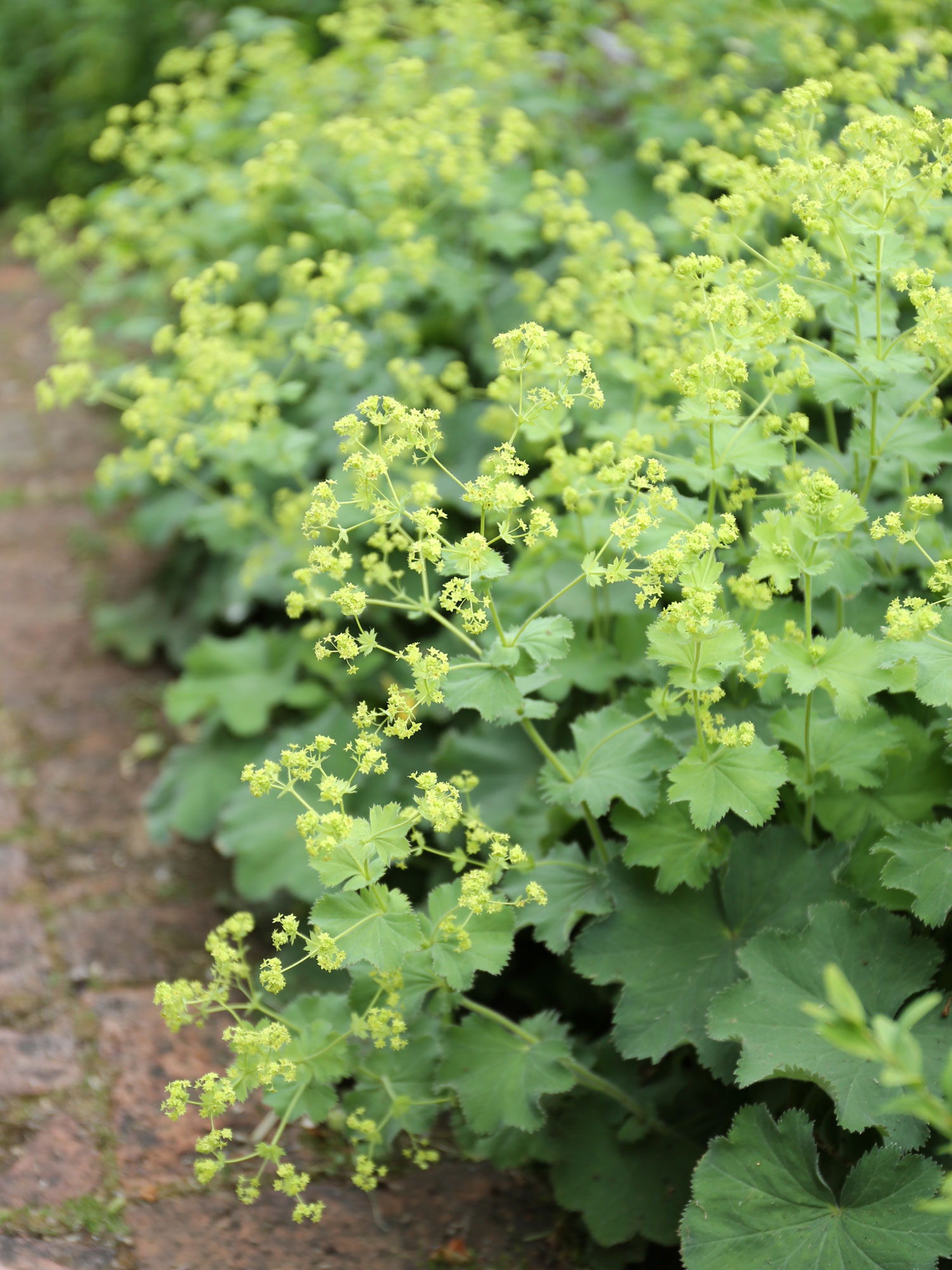
Warm Yellows
These hues are tinted with red and are slightly deeper and earthier. Color names for warm yellows include dandelion, marigold, squash, mango, butterscotch and mustard.
Flowers that bloom in warm shades of yellow may have strident personalities and it can be difficult to get them to play well with other colors. Fortunately, warm yellow flowers are most plentiful toward the end of the growing season. At this time of year, garden pairings are easier because warm colors dominate. Examples of warm yellow flowers include goldenrod, marigolds, rudbeckia, sunflowers and tansy.

Note that color temperature is relative. When warm yellow flowers are placed beside a warm color (red or orange) they may look cooler. Conversely, cool yellow flowers appear warmer when grown near a cool color such as blue, green or violet.
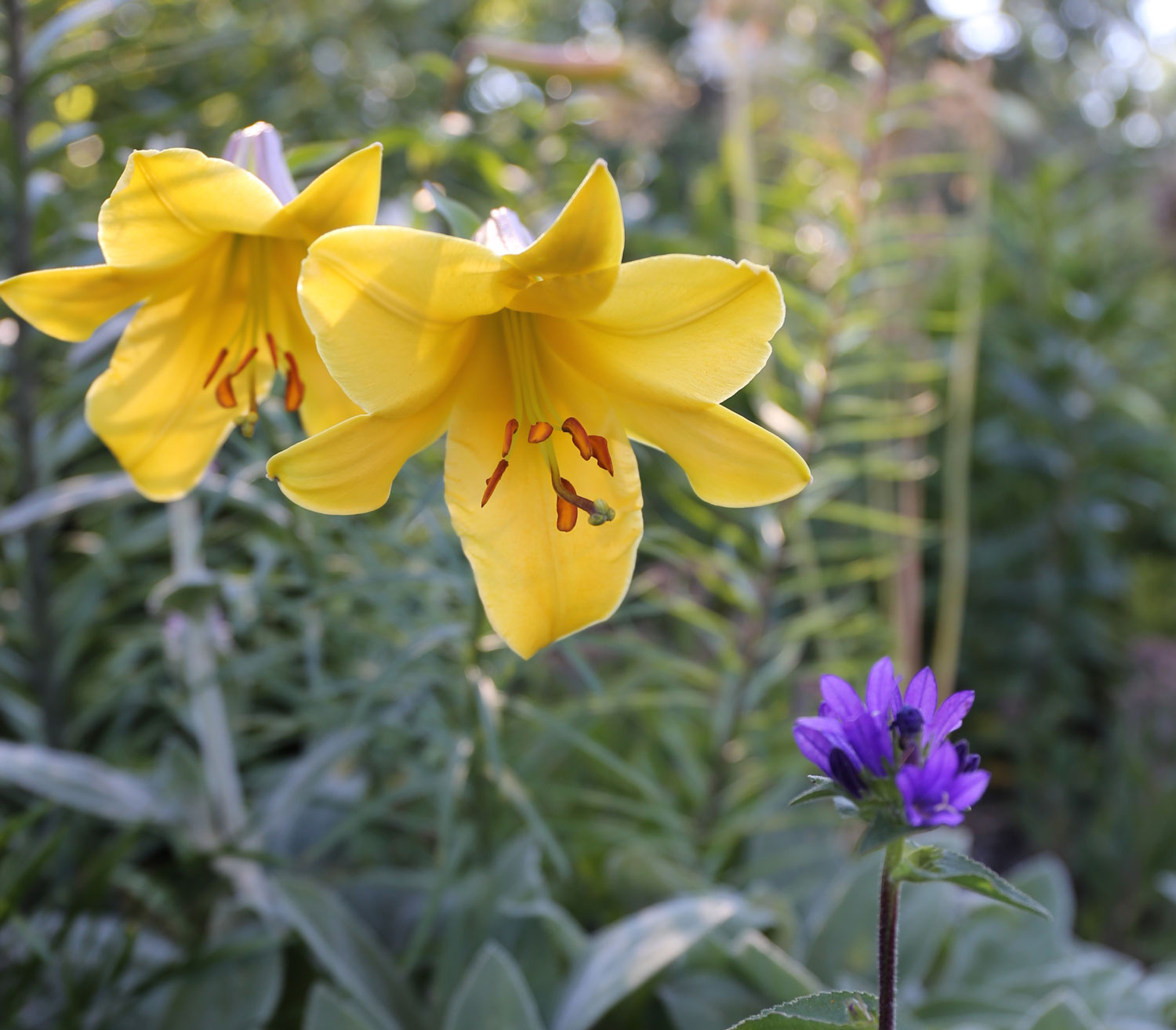
Tips for Putting Yellow to Work in Your Flower Garden
Sprinkle Sunshine
Planting yellow flowers in pots is an easy way to learn about how they look in sun vs. shade and how they interact with warm and cool colors. Good candidates for pots include lilies, callas, dahlias and verbascum. If possible, plant at least two pots of the same thing so you can play around with balance. Pop these pots into perennial beds or container plantings. Then lift them out to see the difference.
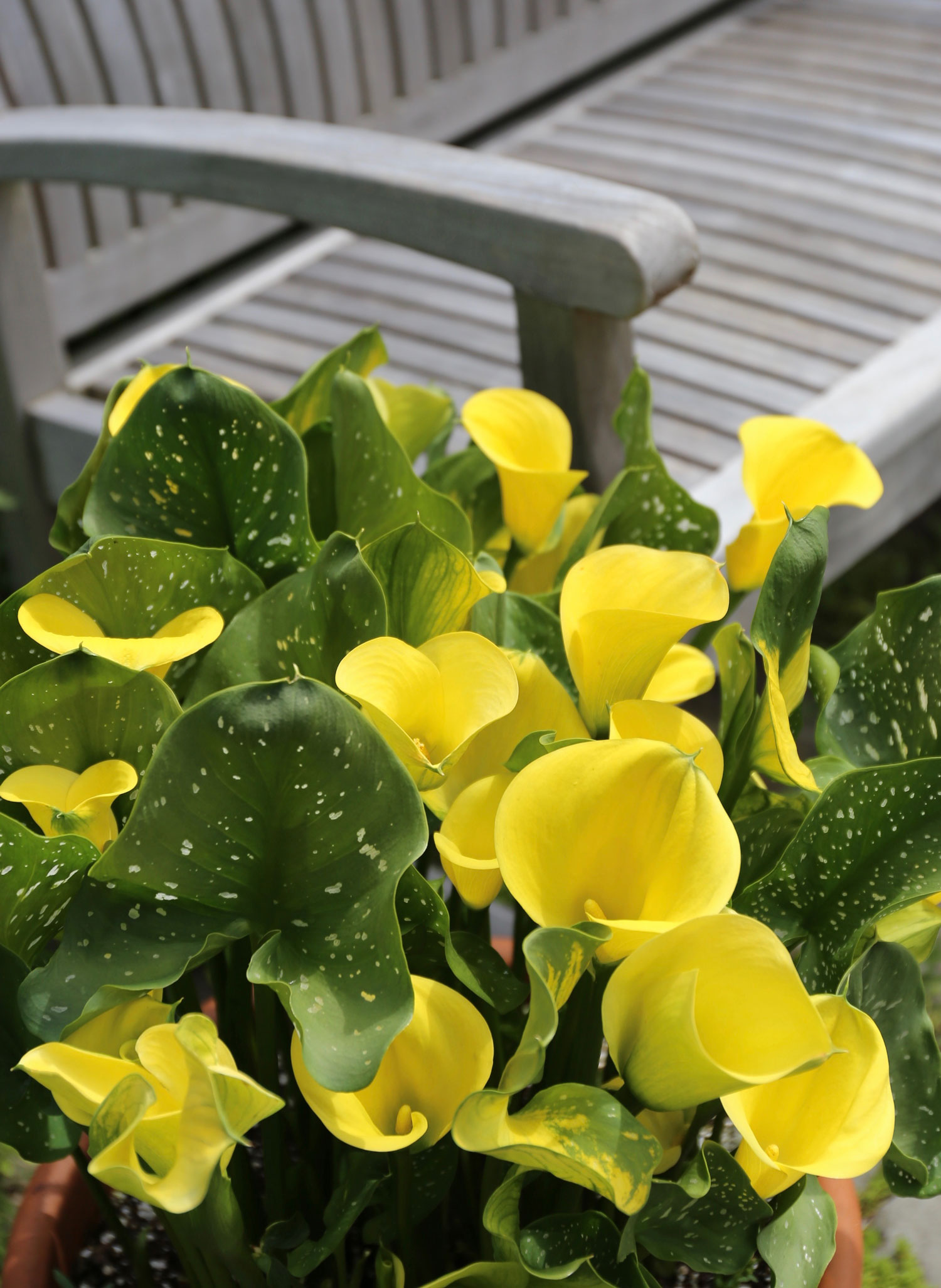
Plant Yellow Ribbons
Yellow is a strong color and too much of it can be hard on the eyes. Yet surprisingly, one of the best ways to use yellow flowers is to plant them in broad brushstrokes. To make this work, choose a single type of flower in a single shade of yellow and plant a lot of it. This works particularly well with daffodils, tulips, daylilies and snapdragons.
Include Yellow Foliage
Yellow and yellow-green foliage is useful for creating focal points and for brightening up shady areas. It can also be used as a repeating a color theme to help unite a garden. Fortunately, there are many annuals, perennials, shrubs and trees to choose from.
For herbaceous plants, consider coleus, sedum ‘Angelina, lemon helichrysum, golden feverfew and golden oregano. Also hostas, hakonechloa ‘Aureola’ and euphorbia polychroma. For shrubs, consider golden barberry, sambucus ‘Aurea’, yellow ninebark, gold euonymus and yucca. Golden evergreens such as chamaecyparis ‘Gold Mop’ or ‘Gold Coast’ juniper are also effective.

Play with Painterly Blends
Using color theory is another way to inspire creative combinations. Complementary colors are opposite each other on the color wheel, and when juxtaposed in the garden, they are as vivid as can be. To make yellow blossoms really sparkle, pair them with their complementary color, which is purple.
A harmonious color scheme combines colors that are next to each other on the color wheel, i.e., yellow and green or yellow and orange. The flowers in this photo illustrate this naturally pleasing effect.
Garden designer Gertrude Jekyll was a master colorist. She recommended mellowing yellow’s punch with grey or lime green foliage. She also liked combining white and yellow flowers, and used white to create a bridge between cool yellows and warm yellows.
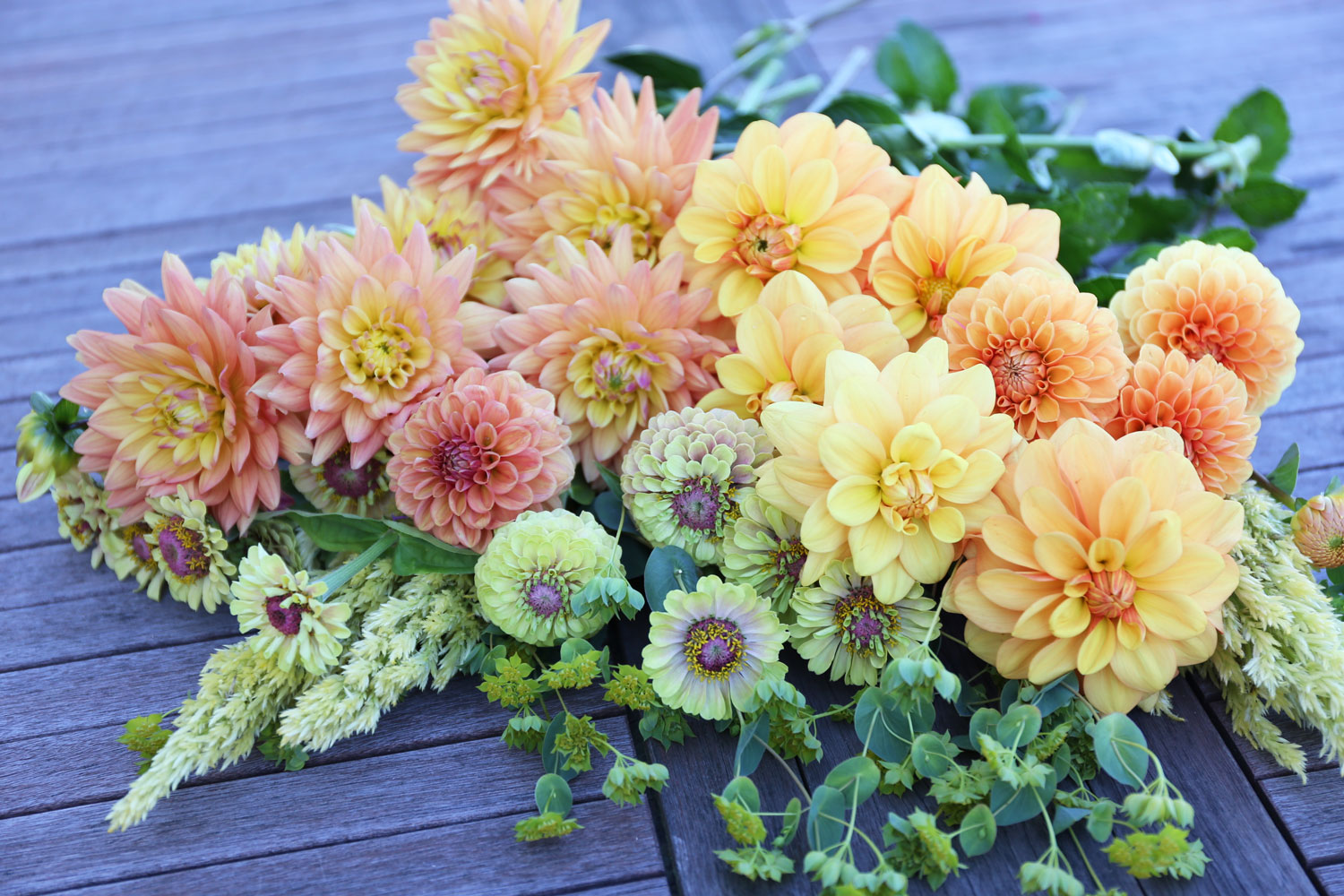
Ready to begin experimenting with yellow flowers and foliage? This list of plants is a good place to start.
Best Yellow Flowers and Foliage for Your Garden
Spring: Tulips, daffodil, crocus, winter aconite (eranthis), forsythia and primula. Aurinia saxatilis (basket of gold), spurge (euphorbia polychroma), yellow peony and trout lily (erythronium). Also witch hazel (Hamamelis), mahonia, fritillaria imperialis ‘Lutea Maxima’, trollius, broom (cistus).
Summer and Fall: Coreopsis, daylily, lilies, yarrow (achillea), perennial foxglove, yellow roses, marigold and rudbeckia. Columbine, nasturtium, sunflower (helianthus) and yellow calla. Lady’s mantle, potentilla, verbascum and lupines. Dahlias, thunbergia, tansy, canna, helenium and St John’s wort (hypericum). Honeysuckle (lonicera), evening primrose (oenothera), phlomis, bupleurum and snapdragon. Iris pallida ‘Aureovariegata’, melampodium, kniphofia and lysimachia ‘Aurea’. Also waxy bells (Kirengeshoma palmata), mullein and goldenrod.

To learn more about using color in your garden, you may be interested in reading:
How to Use Burgundy in Your Flower Garden, How to Use Orange in Your Flower Garden, How to Use Pink in Your Flower Garden, How to Use Purple in Your Flower Garden, How to Use Red in Your Flower Garden, How to Use Blue in Your Flower Garden and How to Use White in Your Flower Garden.

